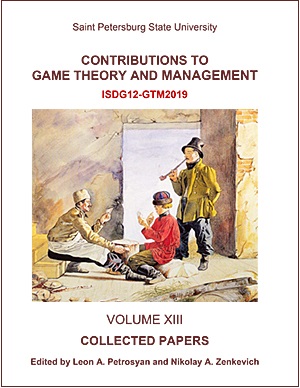Review on Supply Chain Network Metrics
DOI:
https://doi.org/10.21638/11701/spbu31.2020.10Abstract
Recent studies focused on the importance of adopting network analysis approaches such as social network analysis in the supply chain networks to better understand and manage the roles of organizations in inter-organizational relationships. The main aim of this research is to identify and integrate network analysis metrics in the existent literature in this realm which is applicable to characterize the position and role of organizations in the supply chain network context and their impact on the behavior and outcomes of organizations and the whole supply chain network. To this aim, we followed a systematic literature review process using Scopus database to identify high-quality papers through several screening stages. Our findings illustrate that there are two main sources of interfirm differences including atomistic properties and relational properties. With an emphasis on relational properties through the lens of network analysis metrics, we integrated influential characteristics on actor’s behavior and performance into three main categories of node level, tie level, and network level. Our findings are applicable to address any emergent phenomenon and the roles of actors based on their position in the network context such as supply chain network and study their behavior and performance.
Keywords:
Supply chain network, inter-organizational relationships, network analysis, social network analysis, supply chain network metrics
Downloads
References
Downloads
Published
How to Cite
Issue
Section
License
Articles of "Contributions to Game Theory and Management" are open access distributed under the terms of the License Agreement with Saint Petersburg State University, which permits to the authors unrestricted distribution and self-archiving free of charge.




